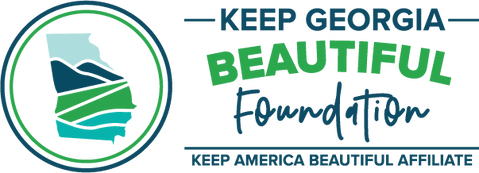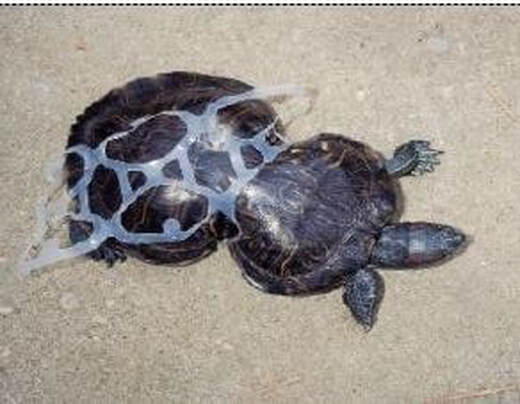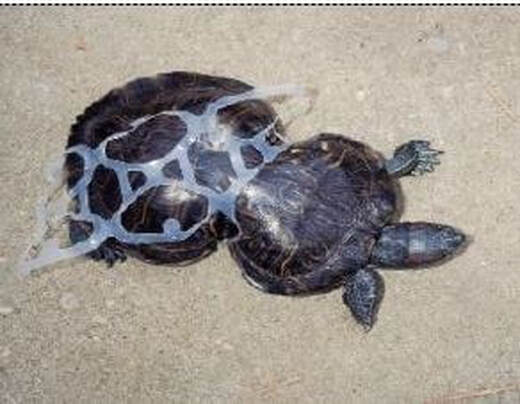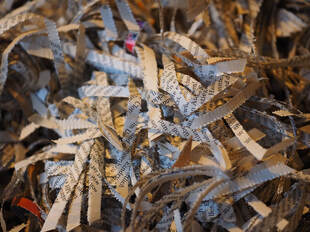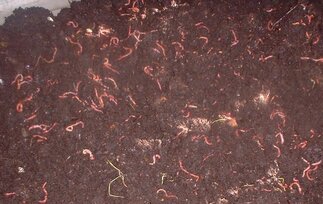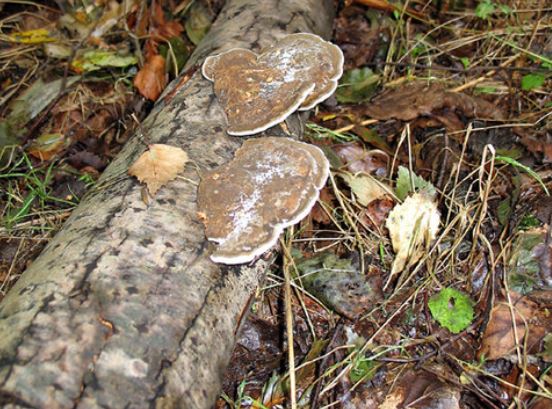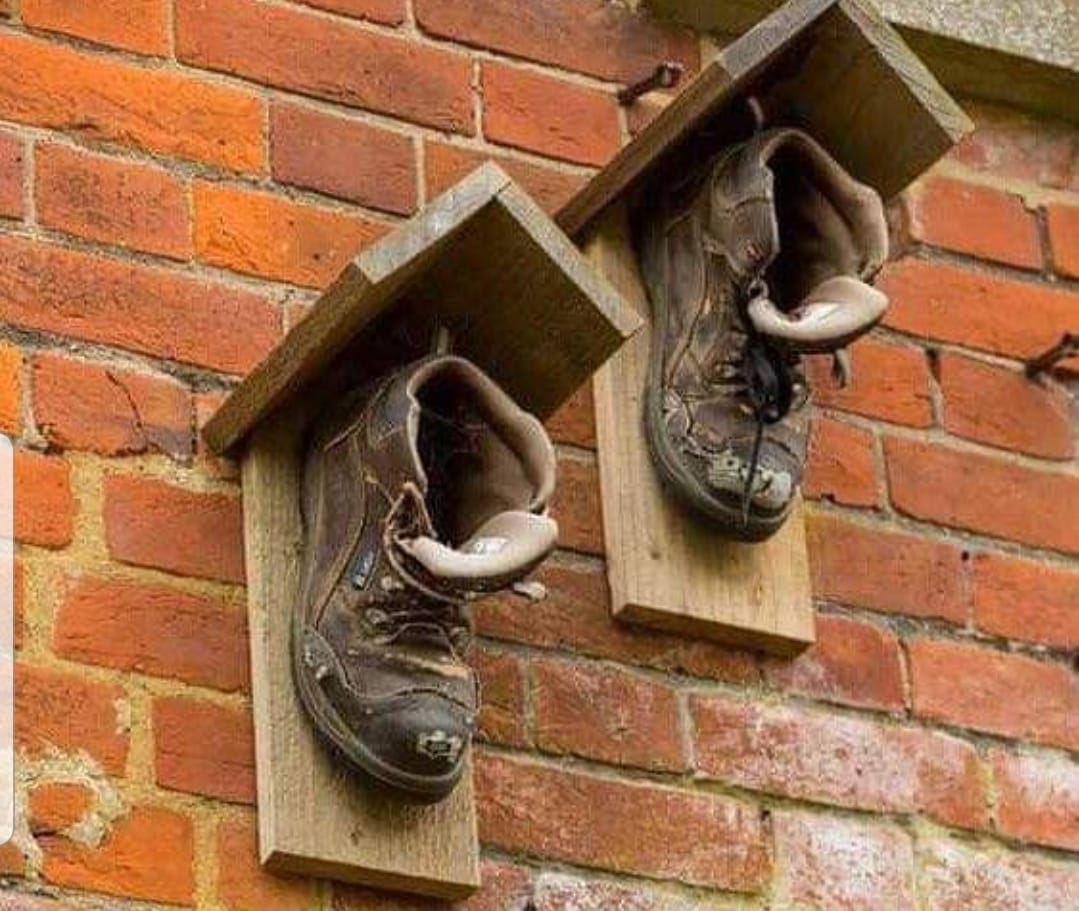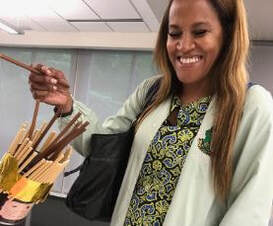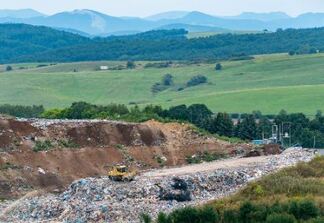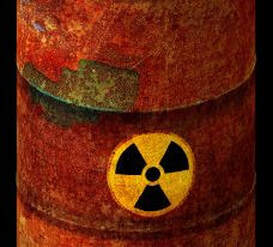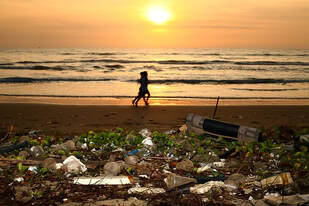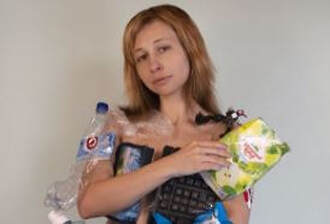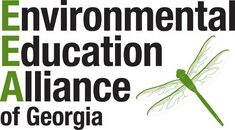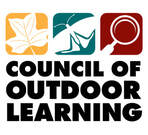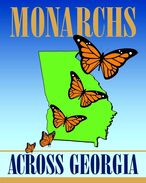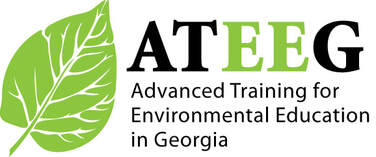Environmental Education Alliance of Georgia
- Our Story
- Our Team
- Our Events
-
Our Resources
- Wildlife Viewing
- Earth Month Activities
- Garden-based Learning
- EcoEngineering Challenges
- Community (Citizen) Science
- Phenomenon-Based Learning
- Problem-Based Learning
- Place-Based Learning
- Project-Based Learning
- Teaching about Climate Change
- Teaching about EJ
- Zero Waste Heroes
- SAGES Project
- Virtual EE Resources
- Environmental Clubs
- Evaluation and Assessment
-
Our Work
- Our News
- Our Impact
- JOIN or GIVE
- Member Portal
- Contact Us
- Outdoor Learning Store
- PassTick2023-4
- Annual Report
- New Page
- Past 2022 EEA Conference
- Past EEA Board 2021-22
- Past 2022 conferenceoverview
- Non-clickable Page
- New Page
- EEA Guest Blog
- Our Story
- Our Team
- Our Events
-
Our Resources
- Wildlife Viewing
- Earth Month Activities
- Garden-based Learning
- EcoEngineering Challenges
- Community (Citizen) Science
- Phenomenon-Based Learning
- Problem-Based Learning
- Place-Based Learning
- Project-Based Learning
- Teaching about Climate Change
- Teaching about EJ
- Zero Waste Heroes
- SAGES Project
- Virtual EE Resources
- Environmental Clubs
- Evaluation and Assessment
-
Our Work
- Our News
- Our Impact
- JOIN or GIVE
- Member Portal
- Contact Us
- Outdoor Learning Store
- PassTick2023-4
- Annual Report
- New Page
- Past 2022 EEA Conference
- Past EEA Board 2021-22
- Past 2022 conferenceoverview
- Non-clickable Page
- New Page
- EEA Guest Blog
EEA RESOURCES
Zero Waste Heroes
Zero Waste Heroes (click here to download the complete collection, or below to download individual lessons)
|
The Zero Waste Heroes curriculum was curated to provide lessons and activities that engage children as problem-solvers who can make a difference in the world. Keep Georgia Beautiful affiliates are invited to use these activities and to share them with non-formal educators or K-12 teachers in their areas.
The Zero Waste Heroes lessons are aligned with the Georgia Standards of Excellence in Science and use a phenomenon-based approach, which gives students a chance to explore and try to make sense of a concept before it is explained. Workshops are available to demonstrate the lessons for teachers and non-formal educators. For details, email: [email protected]. |
Why Focus on Zero Waste?
Zero Waste is a goal that prioritizes reusing and recycling materials while also preventing waste, conserving the natural resources from which consumer goods are made or powered, extending product lifespans, and rejecting single-use disposable items. It recognizes the limitations of the familiar 3 Rs of waste management: Reduce, Reuse and Recycle, and introduces several more Rs: Refuse, Rot, Repurpose, Repair, Redesign and Replace Single-Use Disposables. Collectively, these "R" actions provide options for people to choose behaviors that lessen their impact on the earth; and guidance for industry leaders to prioritize the manufacture of durable and reusable items over the proliferation of short-lived, disposable products.
Zero Waste Heroes projects and activities are free and available to teachers, non-formal educators, student groups, environmental clubs, waste management departments, and Keep Georgia Beautiful affiliates. The activities are most effective when completed in the context of outdoor and project-based learning. Zero waste goals are also consistent with Leave No Trace practices designed to reduce human impact on the environment when people are enjoying nature and spending time outdoors.
Introduction
The Introduction to Zero Waste Heroes includes the Table of Contents, an explanation of the curriculum framework, tips for teachers and non-formal educators, and a diagram of the Engineering Design Process (design thinking).
Student Forms
Click below to save or print student report forms for Zero Waste Heroes activities (also linked with each lesson, below).
K - 2nd EcoEngineering Project Form (2 pages - print back to back)
4th - HS EcoEngineering Project Form
4th - HS Investigation Form
4th - HS Community Science Project Form
4th - HS Environmental Stewardship Project Form
All Student Forms
K - 2nd EcoEngineering Project Form (2 pages - print back to back)
4th - HS EcoEngineering Project Form
4th - HS Investigation Form
4th - HS Community Science Project Form
4th - HS Environmental Stewardship Project Form
All Student Forms
Kindergarten
|
Saving Critters from Litter: Reduce, Reuse, Rot, Recycle, Refuse!
Students will observe the phenomenon of a turtle whose shell became entangled in a plastic six-pack holder long ago, and whose growth has become restricted in that area. Students will also observe pictures of other ways that litter and materials that humans abandon can affect plants and animals by limiting their growth; or filling their stomachs with materials that cannot be digested and blocking nutritious food; or by causing trees to grow around objects that cut into their bark, while trying to heal the wound. Students will participate in a schoolyard scavenger hunt to search for plants and animals that could be harmed by litter; and to find and remove litter. |
Georgia Science Standard addressed in this lesson:
Standard K-L2. Obtain, evaluate, and communicate information about how organisms and human activity cause changes to the local environment
Standard K-L2. Obtain, evaluate, and communicate information about how organisms and human activity cause changes to the local environment
- c. collaboratively design and communicate solutions that will reduce the impact of humans on the land, water, air, and/or other living things to the local environment (Clarification statement: Examples of human impact on the land could include cutting down trees to produce paper and using resources to produce bottles. Examples of solutions include reusing paper and recycling cans and bottles.)
First Grade
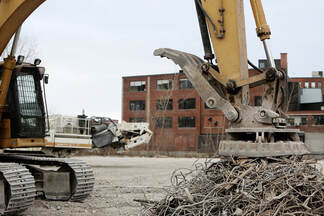
|
Junkyard Magnets Educator Guide and Student EcoEngineering Form
In this lesson, students will observe the phenomenon of an electromagnet in a junkyard that can be turned on to pick up scrap metal and turned off to drop its load. They will learn that old cars can be crushed, broken into bits, sorted by types of materials, and "recycled" to create new things. They will investigate how magnets are used to sort and separate recyclable steel metals from other waste materials, so the steel pieces can be recycled together. Students will make and test magnetic devices to separate paperclips from paper, and brainstorm ways to sort non-magnetic items. |
Georgia Science Standard addressed in this lesson:
Standard P1-3. Obtain, evaluate, and communicate information to demonstrate the effects of magnets on other magnets and other objects.
Standard P1-3. Obtain, evaluate, and communicate information to demonstrate the effects of magnets on other magnets and other objects.
- a. Construct an explanation of how magnets are used in everyday life. (GSE S1P2a) (Clarification statement: Everyday life uses could include refrigerator magnets, toys, magnetic latches, and name tags.)
- b. Plan and carry out an investigation to demonstrate how magnets attract and repel each other (GSE S1P2b)
- c. Plan and carry out the effect of magnets on common objects. (GSE S1P2b)
Second Grade
|
Transforming Trash Educator Guide and Student EcoEngineering Form
Students will observe the phenomenon of how things can be made from smaller parts, such as building blocks. They will then break down used paper by shredding it into small pieces. Students will soak the shreds of used paper to make pulp and reconstitute the paper pulp into recycled paper. In the process, they will gain an understanding that paper is made from trees; used paper can be recycled from used bits of paper; and recycling paper is one way we can reduce waste and save trees. |
Georgia Science Standard addressed in this lesson:
Standard 2P-1 Obtain, evaluate, and communicate information about the properties of matter and changes that occur in objects.
Standard 2P-1 Obtain, evaluate, and communicate information about the properties of matter and changes that occur in objects.
- a. ask questions to describe and classify different objects according to their physical properties (GSE S2P1a)(Clarification statement: Examples of physical properties could include color, mass, length.)
- b. analyze data obtained from testing different materials to determine which materials have the properties that are best suited for an intended purpose * [Clarification Statement: Examples of properties could include, strength, flexibility, hardness, texture, and absorbency.]
- c. construct an explanation for how structures made from small pieces (e.g., linking cubes, building blocks) can be disassembled and then rearranged to make new and different structures (GSE S2P1b)
Third Grade
|
Food Waste & Worms Educator Guide and K-2nd or 4th-HS EcoEngineering Form
In this lesson, students will observe the phenomenon of organic waste being decomposed by worms and other invertebrates. They will investigate the extent to which food is wasted in the school cafeteria by measuring the amount of trash collected and estimating the portion of untouched food waste. Students will design, build and test worm bins for vermicomposting of fruit and vegetable waste, and assess the impact this can make on reducing food waste that is sent to a landfill. They will also brainstorm other ways less food could be wasted at school or home. |
Georgia Science Standard addressed in this lesson:
3L-2 Obtain, evaluate, and communicate information about the effects of pollution (air, land, and water) and humans on the environment. (GSE S3L2)
3L-2 Obtain, evaluate, and communicate information about the effects of pollution (air, land, and water) and humans on the environment. (GSE S3L2)
- a. ask questions to collect information on the different types of pollution (i.e., air, land, and water) and create records of sources and effects of pollution on the plants and animals of Georgia (GSE S3L2a)
- b. construct an explanation to describe the relationship between the types of pollution and the impact of humans on the environment
- c. investigate and communicate solutions, such as conservation of resources and recycling materials, to protect plants and animals of Georgia (GSE S3L2b)
Fourth Grade
|
Waste Managers in the Wild Educator Guide and Student Investigation Form
Students will observe the phenomenon of decomposition, talk about what they notice, ask questions about what they wonder, and conduct research about their questions (articles provided), each becoming an expert in recognizing one of 9 decomposers and scavengers. After watching a short film to prepare them, students will participate in a decomposer and Scavenger Hunt in the schoolyard. Students will make sense of the phenomenon of decomposition and its role in food webs by imagining a world without scavengers or decomposers to consume and break down dead plants and animals. Decomposers video; World without Microbes video |
Georgia Science Standard addressed in this lesson:
S4L1. Obtain, evaluate, and communicate information about the roles of organisms and the flow of energy within an ecosystem. [GSE S4L1]
S4L1. Obtain, evaluate, and communicate information about the roles of organisms and the flow of energy within an ecosystem. [GSE S4L1]
- a. Develop a model to describe the roles of producers, consumers, and decomposers in a community. (Clarification statement: Students are not expected to identify the different types of consumers – herbivores, carnivores, omnivores and scavengers.) [GSE S4L1a]
- b. Develop simple models to illustrate the flow of energy through a food web/food chain beginning with sunlight and including producers, consumers, and decomposers. [GSE S4L1b]
- c. Communicate a scenario to demonstrate the effect of a change on an ecosystem. (Clarification statement: Include living and non-living factors in the scenario.) [GSE S4L1c]
- d. Use printed and digital data to develop a model illustrating and describing changes to the flow of energy in an ecosystem when plants or animals become scarce, extinct or over-abundant.
Fifth Grade
|
|
Mighty Microbes Educator Guide and Student Community Science Form
Students will observe the phenomenon of bacteria as decomposers, talk about what they notice, ask questions about what they wonder, and conduct research about their questions (articles provided). In making sense of the phenomenon, students will learn that the same bacteria that can be harmful to humans when causing food to become spoiled and inedible, can be beneficial to humans when breaking down dead plants and animals and returning the internal nutrients to the soil, which then enables plants (and the animals that eat them) to flourish. Students will also contribute data to the Soil Your Undies community science project and, as an extension, the educator may choose to engage students in a crime-solving simulation based on the predictable progression of a human body through decay and decomposition. Solving Crimes with the Necrobiome (sensitive content / please preview) |
Georgia Science Standard addressed in this lesson:
5L4. Obtain, evaluate, and communicate information about how microorganisms benefit or harm larger organisms (Clarification statement: Possible microorganisms could include Tardigrades, Lactobacillus, Probiotics, Rotifers, Salmonella, Clostridium botulinum (Botox), E-coli, Algae, etc. Students are not expected to know these specific microorganisms. The list is provided to give teachers examples.)
5L4. Obtain, evaluate, and communicate information about how microorganisms benefit or harm larger organisms (Clarification statement: Possible microorganisms could include Tardigrades, Lactobacillus, Probiotics, Rotifers, Salmonella, Clostridium botulinum (Botox), E-coli, Algae, etc. Students are not expected to know these specific microorganisms. The list is provided to give teachers examples.)
- 4a. Construct an argument using scientific evidence to support a claim that microorganisms are beneficial.
- 4b. Construct an argument using scientific evidence to support a claim that microorganisms are harmful.
Sixth Grade
|
Innovations and Inventions Educator Guide and Student EcoEngineering Form
Students will explore the phenomenon of packaging and other disposables as sources of waste; and investigate the impact of waste on soil, water, air and other natural resources. They will research innovations and inventions designed to reduce the production of waste materials, to clean up waste, or to increase sustainability of materials used for food and consumer goods. Then students will try their own hands at solving waste-related problems in ways that will sustain the quality and supply of natural resources including water, soil and air. |
Georgia Science Standard addressed in this lesson:
6E6. Obtain, evaluate, and communicate information about the uses and conservation of various natural resources and how they impact the Earth.
6E6. Obtain, evaluate, and communicate information about the uses and conservation of various natural resources and how they impact the Earth.
- a. Ask questions to determine the differences between renewable/sustainable energy resources (examples: hydro, solar, wind, geothermal, tidal, biomass) and nonrenewable energy resources (examples: nuclear: uranium, fossil fuels: oil, coal, and natural gas), and how they are used in our everyday lives.
- b. Design and evaluate solutions for sustaining the quality and supply of natural resources such as water, soil, and air.
- c. Construct an argument evaluating contributions to a rise in global temperatures over the past century. (Clarification statement: Tables, graphs, and maps of global and regional temperatures, and atmospheric levels of greenhouse gases such as carbon dioxide and methane, should be used as sources of evidence.)
Seventh Grade
|
Air Bee 'n' Bee Educator Guide and Student EcoEngineering Form
Students will observe the phenomena of pollination and research native, solitary bees, learning that their populations are in decline due to loss of habitat, use of pesticides, and planting of monoculture crops. The class will identify criteria for bee shelters based on their characteristics, needs, and habitats; design and build bee shelters in small groups; place them outside for bees to use; and assess how effective they are. Students will also identify other solutions for bee populations that are vulnerable due to human activities, such as planting a garden that provides habitat for pollinators. |
Georgia Science Standard addressed in this lesson:
S7L4. Obtain, evaluate, and communicate information to examine the interdependence of organisms with one another and their environments.
S7L4. Obtain, evaluate, and communicate information to examine the interdependence of organisms with one another and their environments.
- a. Construct an explanation for the patterns of interactions observed in different ecosystems in terms of the relationships among and between organisms and abiotic components of the ecosystem. (Clarification: The interactions include, but are not limited to, predator-prey, competition, mutualism, parasitism, commensalism.)
- b. Develop a model to describe the cycling of matter and the flow of energy among biotic and abiotic components of an ecosystem. (Clarification statement: Emphasis is on tracing movement of matter and flow of energy, not the biochemical mechanisms of photosynthesis and cellular respiration.)
- c. Analyze and interpret data to provide evidence for how resource availability, disease, climate, and human activity affect individual organisms, populations, communities, and ecosystems.
- d. Ask questions to gather and synthesize information from multiple sources to differentiate between Earth’s major terrestrial biomes (i.e., tropical rain forest, savanna, temperate forest, desert, grassland, taiga, tundra) and aquatic ecosystems (i.e., freshwater, estuaries, and marine).
High School Biology
|
Litter and Landfills Educator Guide and Student Community Science Form
Students will observe the phenomenon of waste disposal and research problems presented by landfills including release of greenhouse gases, which contribute to climate change; release of leachates that can contaminate soil and water; and reduced potential for biodegradation due to the volume of waste and lack of oxygen. They will collect and analyze data on sources of waste in a student-conducted clean-up, and use their findings to create a campaign to reduce the impact of waste on the environment by reducing production and use of commonly discarded items, encouraging recycling where it can make an impact, or by other means. |
Georgia Science Standard addressed in this lesson:
SB5. Obtain, evaluate, and communicate information to assess the interdependence of all organisms on one another and their environment.
SB5. Obtain, evaluate, and communicate information to assess the interdependence of all organisms on one another and their environment.
- a. Plan and carry out investigations and analyze data to support explanations about factors affecting biodiversity and populations in ecosystems. (Clarification: Factors include population size, carrying capacity, response to limiting factors, keystone species.)
- b. Develop and use models to analyze the cycling of matter and flow of energy within ecosystems through the processes of photosynthesis and respiration.
- • Arranging components of a food web according to energy flow.
- • Comparing the quantity of energy in the steps of an energy pyramid.
- • Explaining the need for cycling of major biochemical elements (C, O, N, P, and H).
- c. Construct an argument to predict the impact of environmental change on the stability of an ecosystem.
- d. Design a solution to reduce the impact of a human activity on the environment. (Clarification statement: Human activities may include chemical use, natural resources consumption, introduction of non-native species, greenhouse gas production.)
- e. Construct explanations that predict an organism’s ability to survive within changing environmental limits (e.g., temperature, pH, drought, fire).
High School Physics
|
Nuclear Waste Educator Guide and Student Investigation Form
Students will observe the phenomenon of the radioactive decay sequence by analyzing data and calculating the half-life of materials used as fuel in nuclear power plants. They will research disposal issues related to nuclear waste and participate in a simulation to operate a nuclear power plant. Students will investigate alternatives to current nuclear waste transportation and storage methods; consider the potential risk and benefit of each; and articulate the evidence for or against nuclear power based on issues related to the radioactive waste materials that are generated. |
Georgia Science Standard addressed in this lesson:
PS4. Obtain, evaluate, and communicate information to explain the changes in nuclear structure as a result of fission, fusion and radioactive decay.
PS4. Obtain, evaluate, and communicate information to explain the changes in nuclear structure as a result of fission, fusion and radioactive decay.
- a. Develop a model that illustrates how the nucleus changes as a result of fission and fusion.
- b. Use mathematics and computational thinking to explain the process of half-life as it relates to radioactive decay. (Clarification statement: Limited to calculations that include whole half-lives.)
- c. Construct arguments based on evidence about the applications, benefits, and problems of nuclear energy as an alternative energy source.
High School Environmental Science
|
Ocean Plastics Educator Guide and Student EcoEngineering Form
Students will observe the phenomenon of plastic waste and investigate how it finds its way into the ocean, where it circulates in gyres and collects on shorelines. They will explore the effectiveness of devices that have been invented to collect and remove wastes; campaigns to reduce improper disposal and encourage recycling; and sustainability strategies based on reducing the production of single-use disposables or discouraging consumers from demanding and creating a market for disposables. |
Georgia Science Standard addressed in this lesson:
EV4. Obtain, evaluate, and communicate information to analyze human impact on natural resources.
EV4. Obtain, evaluate, and communicate information to analyze human impact on natural resources.
- 4a. Construct and revise a claim based on evidence on the effects of human activities on natural resources.
- Human Activities: Agriculture, Forestry, Ranching, Mining, Urbanization, Fishing, Water use, Pollution,
- Natural Resources: Land, Water, Air, Organisms
- 4b. Design, evaluate, and refine solutions to reduce human impact on the environment including, but not limited
- 4c. Construct an argument to evaluate how human population growth affects food demand and food supply
High School Environmental Science
|
Trashion Show Educator Guide and Student EcoEngineering Form
Students will explore the phenomenon of "fast fashion" and analyze data about the volume of discarded clothing that results from consumer expectations that clothing should be replaced with new fashions each season. They will design and implement more sustainable strategies to reduce the market demand for clothing; extend the lifecycle of clothing by mending, repurposing or restyling it; re-wear the same clothing more often; and/or influence opinions about fashion by making it cool and creative to reduce textile waste. |
Georgia Science Standard addressed in this lesson:
EV5. Obtain, evaluate, and communicate information about the effects of human population growth on global ecosystems.
EV5. Obtain, evaluate, and communicate information about the effects of human population growth on global ecosystems.
- a. Construct explanations about the relationship between the quality of life and human impact on the environment in terms of population growth, education, and gross national product.
- b. Analyze and interpret data on global patterns of population growth (fertility and mortality rates) and demographic transitions in developing and developed countries.
- c. Construct an argument from evidence regarding the ecological effects of human innovations (Agricultural, Industrial, Medical, and Technological Revolutions) on global ecosystems.
- d. Design and defend a sustainability plan to reduce your individual contribution to environmental impacts, taking into account how market forces and societal demands (including political, legal, social, and economic) influence personal choices.
The Environmental Education Alliance (EEA) is grateful to the Environmental Protection Agency Region 4, Environmental Educators of North Carolina, Kentucky Association of Environmental Educators, and the Southeast Environmental Education Alliance for their support in the development of the Zero Waste Heroes lesson collection.
|
Environmental Education Alliance, Inc.
P.O. Box 801066 | Acworth, GA 30101 EEA does not does not discriminate on the basis of race, color, national origin, sex, age, or disability in its program , activities, or employment. For more information on EEA's non-discrimination commitment click here . Grievance officer may be contacted at [email protected] |
Proudly powered by Weebly
|

